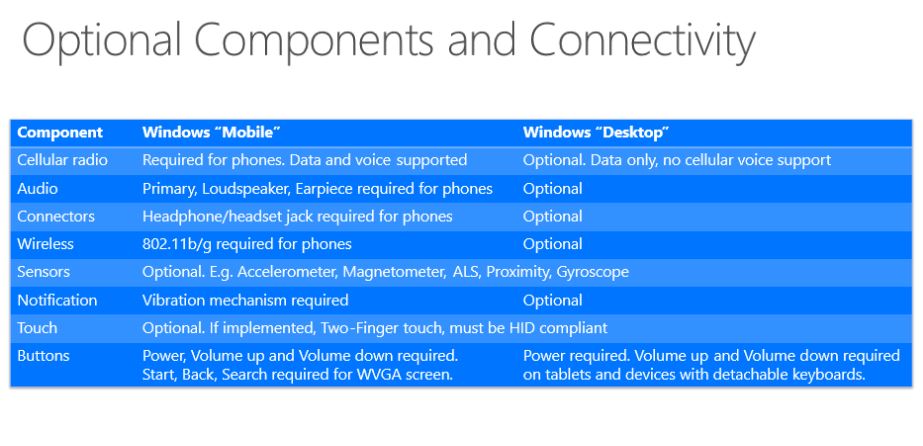

Upper Missouri Waterkeeper worked with several local conservation organizations to protest the unscientific, poor planning presented in the new development application and submitted THIS COMMENT LETTER to the Army Corps requesting both a local public hearing on this matter and new alternative plan of development that avoids negative waterway impacts. The good news is that the responsible decision maker considering this permit application – the US Army Corps of Engineers – must first take a hard look at the potential negative ecological impacts of dredge and fill activities and reconcile site-specific data about likely harm before it authorizes polluting activities. The Buck Stops With the US Army Corps of Engineers Doing so would create a win-win scenario where development can occur without degrading our local creeks and landscapes. Smart growth science here means that the developer should not seek to maximize the number of buildings and residences on his land, but rather seek to set aside a portion of his land to protect the community’s investment in a healthy Story Creek and E Gallatin River, and the downstream Community Park. There, years of restoration work was recently completed restoring a heavily degraded wetland area now, a permit application to degrade wetlands just upstream of the restored area is in front of decisionmakers! Doing so unnecessarily risks not only the local water quality of Story Creek, but also could degrade all the hard work done downstream at the Story Mill Community Park. Sadly, disturbing riparian zones adjacent to Story Creek is exactly what’s proposed on Bozeman’s Northside. The number one, proven way to effectively protect water quality is to not disturb or degrade stream buffer zones. Anytime wetlands are disturbed and, in the case of new development, typically bulldozed over and compacted with fill material (to provide stable ground for construction), nearby streams are degraded because their hydrology is negatively affected.ĭisturbing riparian zones and wetlands reduces the ability of streams to naturally filter harmful pollutants such as sediment, oil & grease, ammonia, nutrients, pesticides and other contaminants common to developed areas. What’s the Big Deal With Creekside Development?Ĭonsiderable scientific evidence indicates that the vegetative buffer protecting streams should be a minimum of 100 feet to protect water quality-regardless of the size of the stream. View the permit application by clicking here. Story Creek is directly upstream of the Story Mill Community Project, much less the E Gallatin River, which relies on cool, clean flows for healthy fisheries, wildlife habitat, and recreational opportunities. If the development proposal moves forward as planned about 3 acres of key wetlands and riparian buffers would be bulldozed, compromising the resiliency of Story Creek. Specifically, a Gallatin Valley developer seeks to build out a 16-acre plot with 9 single family homes and 30 condominiums directly adjacent to Story Creek.

While development itself is not bad, poor planning and site location – such as planning buildings directly on local streams, wetlands, and key riparian buffer zones – can render a particular project not only a net loss to the area, but also a direct threat to the environment and local waterways in particular. Unfortunately, as the Story Mill Community Park project unfolds there has also been corresponding development interest from business interests seeking to create new housing and capitalize on the area’s up-and-coming nature. The vision of a multiple-use area offering public recreation opportunities, creekside access, ex-urban wildlife habitat, and unique public meeting places not only serves to enhance Bozeman’s Northside, but represents a valuable redevelopment opportunity for a long-neglected, blighted, and under-utilized landscape.īad Land Use Planning Unnecessarily Risks Local Streams at the Story Mill Community Park Millions of public & private dollars and countless hours of time have been spent helping create Bozeman’s new Story Mill Community Park. One example of progressive land use planning in Montana is the Story Mill Community Park. Land use planning – from stream setbacks to clustering and density – is an important pollution prevention and control strategy.


 0 kommentar(er)
0 kommentar(er)
